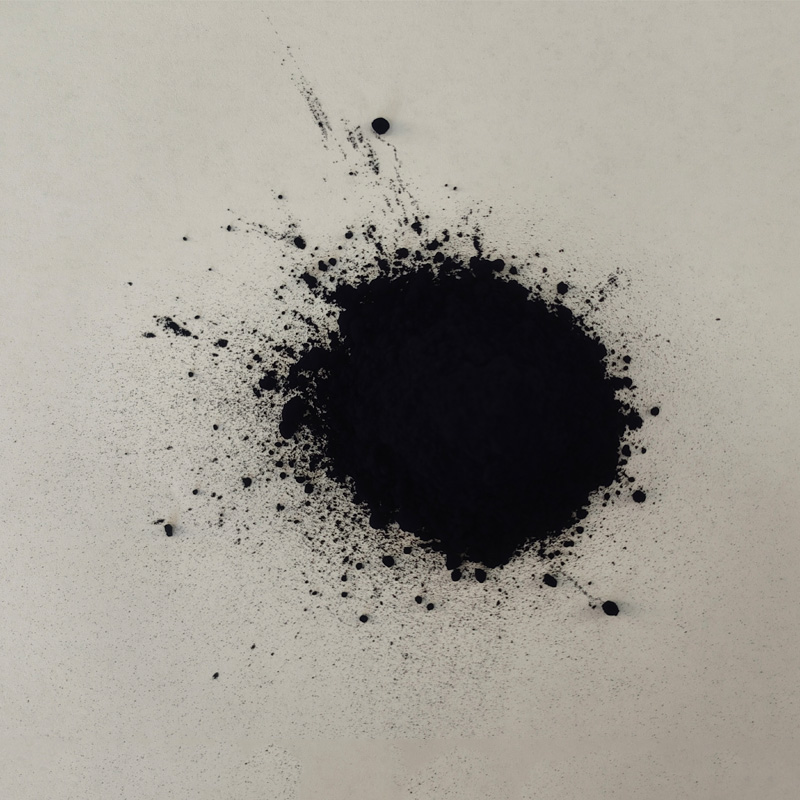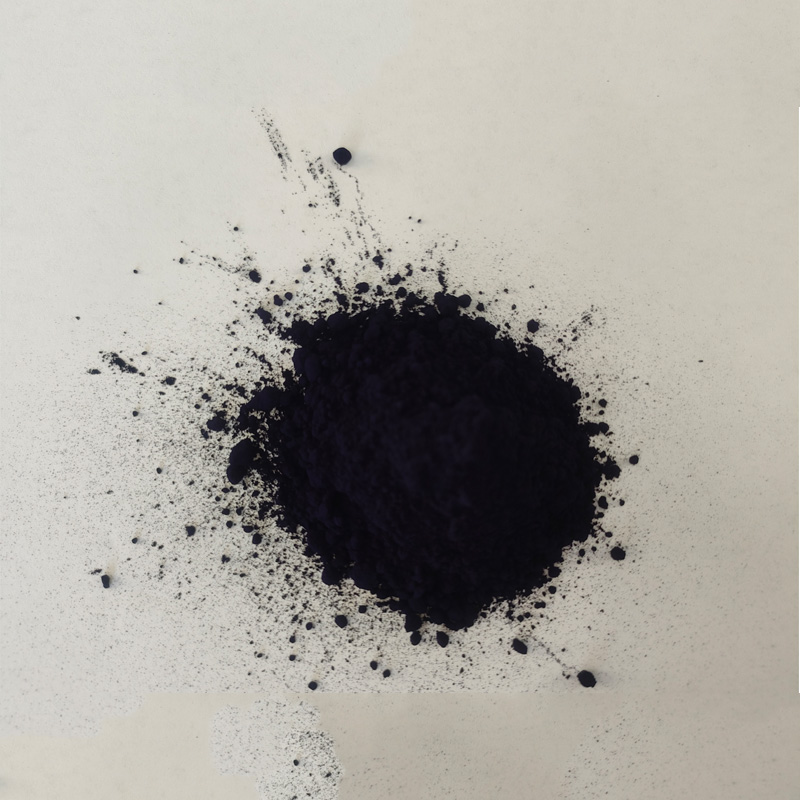Indigo Blue Granular Company – High-Purity, Bulk Supply
Bromo Indigo (C.I. Vat Blue 5): real-world notes from the dye room floor
If you work with denim or heavy cottons, you eventually bump into indigo blue granular company sourcing questions. To be honest, the market can feel opaque. But Bromo Indigo—also called Vat Bromo-Indigo or C.I. Vat Blue 5—keeps showing up in mill conversations for one simple reason: it delivers the deep, stable blues brands want without endless rework. Origin-wise, HEBEI FUXIN INTERNATIONAL TRADE CO., LTD. out of Shijiazhuang, China, has become a name buyers ping me about more than I expected.

Industry pulse
Denim mills are chasing fewer shade corrections and better wash-down repeatability. Actually, with energy costs rising, mills tell me they prefer vat blues that reduce cleanly and build tone fast. The push toward tighter chemical stewardship—REACH, ZDHC, OEKO‑TEX—means traceability and documentation matter as much as price. A indigo blue granular company that can confirm lot-to-lot shade strength and provide quick COAs tends to win the week.
Technical snapshot
- Product names: Bromo Indigo; Vat Bromo-Indigo; C.I. Vat Blue 5
- Molecular formula: C16H6Br4N2O2; CAS: 2475-31-2; HS code: 3204151000
- Major use: dyeing cotton fabrics (denim, workwear, heavy twills)
- Origin: HEBEI FUXIN INTERNATIONAL TRADE CO., LTD., A‑1205, MCC World Grand Plaza, 66 Xiangtai Road, Shijiazhuang 050023, China
Typical process flow (vat dyeing)
- Preparation: desize → scouring/bleaching (if needed) → thorough rinse
- Vatting: reduce Vat Blue 5 using sodium dithionite + NaOH (≈ pH 11–12)
- Dyeing: 40–60°C for yarn or rope dye; build shade in multiple dips if required
- Oxidation: air or H2O2; then soap at 90–95°C to level and open shade
- Testing: run ISO 105 series for wash/rub/light before scale-up

Product specifications (indicative)
| Item | Spec (≈, real-world may vary) |
|---|---|
| Appearance | Deep indigo blue powder or granules (lot-dependent) |
| Shade strength | 100% ±3% vs. internal standard |
| Insolubles | Low; filters well under standard vatting |
| Recommended pH (vat) | 11–12 (NaOH) |
| Packaging | 25 kg drums or bags; moisture-barrier liner |
Performance and testing
- ISO 105-C06 wash fastness on cotton: 4–5 grades (typical lab result) [1]
- ISO 105-B02 light fastness: 5–6 (depends on shade depth) [1]
- ISO 105-X12 rubbing: Dry 4–5; Wet 3–4 after proper soaping [1]
- Service life: garments ~2–5 years; workwear longer with mild detergents and low-temp cycles
Where it’s used
Denim mills (rope and slasher), garment dye houses for retro indigo looks, heavy cotton uniforms, and home textiles chasing heritage palettes. Many customers say Bromo Indigo handles repeated stone or enzyme washes without weird hue drift—surprisingly consistent when the reduction is kept clean.
Vendor comparison (buyer’s quick glance)
| Criteria | HEBEI FUXIN | Vendor A (generic) | Vendor B (generic) |
|---|---|---|---|
| Shade consistency | Tight; COA on request | Varies by lot | Good; slower sampling |
| Lead time | Around 2–4 weeks | 3–6 weeks | 4–8 weeks |
| Docs | MSDS, TDS, COA; REACH notes | Basic TDS | COA + TDS |
| Customization | Granule size, packaging options | Limited | By MOQ only |
Customization and support
Ask for pilot packs with your preferred granule size (easier dust control), plus pre-reduced paste trials if your line allows it. A solid indigo blue granular company partner will tune wetting agents, advise on Na2S2O4 charge, and share lightfastness deltas at different depths.
Quick case notes
- Denim mill in Bursa: cut re-dye rate by ≈18% after standardizing oxidation and switching to consistent Vat Blue 5 lots.
- Workwear line in Vietnam: moved to granules to reduce dusting; operators reported cleaner vats and steadier build.
Compliance and references
Typical buyer requests: ISO 9001/14001 certificates, OEKO‑TEX Eco Passport statements, and REACH SVHC screening. Always verify with the supplier’s latest COA and SDS—it seems basic, but it saves headaches.
References:
- ISO 105 series (Textiles—Tests for colour fastness), particularly C06 (domestic washing), B02 (light), X12 (rubbing).
- Colour Index, Vat Blue 5 (C.I. 73000) entries and vat dye reduction principles.
- OEKO‑TEX Eco Passport—Chemical input assessment framework for textile production.
- European Chemicals Agency (ECHA) REACH guidance—Substances of Very High Concern (SVHC) screening.
-
Explore Sustainable Indigo Manufacturing & Dye Industry Trends | Wuxin Indigo
NewsNov.24,2025
-
Discover Indigo On: Innovative Modular Solutions for Global Sustainability
NewsNov.24,2025
-
Explore Traditional & Sustainable Indigo Production in India | Eco-Friendly Dye Solutions
NewsNov.23,2025
-
Indigo Suppliers: Sustainable Dyeing Solutions for Global Textile Industry
NewsNov.23,2025
-
Instant Indigo – Fast, Eco-Friendly Indigo Dye Solutions for Modern Industry
NewsNov.22,2025
-
Japanese Indigo Cloth – Sustainable Tradition Meets Modern Textile Innovation
NewsNov.22,2025
-
Comprehensive Guide to How to Make Blue Dye – Sustainable & Practical Insights
NewsNov.22,2025

Sulphur Black
1.Name: sulphur black; Sulfur Black; Sulphur Black 1;
2.Structure formula:
3.Molecule formula: C6H4N2O5
4.CAS No.: 1326-82-5
5.HS code: 32041911
6.Product specification:Appearance:black phosphorus flakes; black liquid

Bromo Indigo; Vat Bromo-Indigo; C.I.Vat Blue 5
1.Name: Bromo indigo; Vat bromo-indigo; C.I.Vat blue 5;
2.Structure formula:
3.Molecule formula: C16H6Br4N2O2
4.CAS No.: 2475-31-2
5.HS code: 3204151000 6.Major usage and instruction: Be mainly used to dye cotton fabrics.

Indigo Blue Vat Blue
1.Name: indigo blue,vat blue 1,
2.Structure formula:
3.Molecule formula: C16H10N2O2
4.. CAS No.: 482-89-3
5.Molecule weight: 262.62
6.HS code: 3204151000
7.Major usage and instruction: Be mainly used to dye cotton fabrics.

